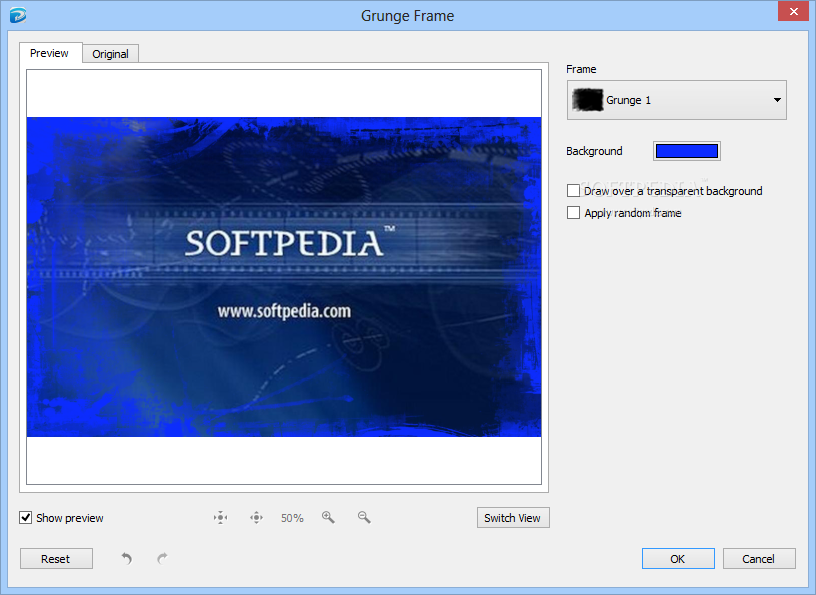

The first type of digital watermarks you will see are those which are visible or obvious, and are intended to be so. This is because, at least for the moment, it seems impractical to try and prevent people from making copies of computerised files, as computers will readily make perfect copies of the files they hold – something essential for backup and recovery. With the advent of digital works (pictures, music, film and so on) digital watermarks have also been developed, however they are not always used in quite the same way as watermarks in documents. There are other printing techniques that produce ‘raised’ printing, use magnetic inks or inks that will change color if they get wet (either with water or other liquids), but they are very specialized and are used together with watermarks to provide higher levels of document protection and copy prevention. That is why documents using this technique are normally professionally printed, and distributed as paper documents rather than in electronic form. However, these rely upon high quality printing processes if they are to be successfully created. There are also are a number of specialized printing techniques that make it possible to have printed watermarks that will vanish or appear if a protected document is photocopied or scanned. These watermarks are normally used to prevent people from being able to make fake copies, and, therefore, to be confident that the banknote or document is authentic. In banknotes, these are recognizable designs that are put into the paper on which the documents are printed, whilst in checks they tend to be specific patterns. Most people are familiar with two types of document watermarks which can be found in banknotes or on checks.


 0 kommentar(er)
0 kommentar(er)
